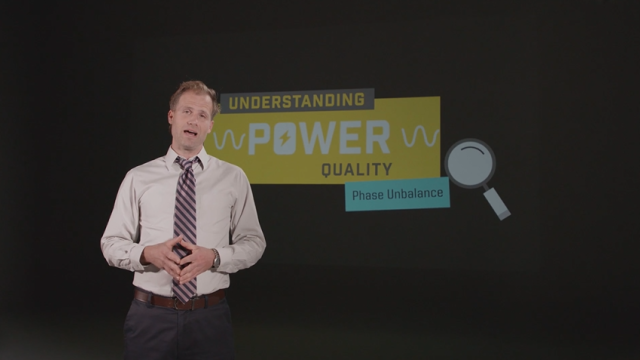Phase unbalance can wreak havoc on your facility if you don't have a plan to prevent it, or at least account for it. But how does phase unbalance happen and what can you do about it?
The average voltage in a three-phase system is often not the rated voltage level, and voltages for each phase are seldom perfectly balanced. That's acceptable up to a point, but when voltage on any phase differs too much from average, you have a serious phase unbalance.
Unbalance is measured as the difference — positive or negative — of each phase to the average voltage of all three phases, expressed as a percentage. The highest deviation determines the amount of phase unbalance.
Voltage unbalance at electric meters should be limited to 3% or less, according to the American National Standards Institute. For motor terminal unbalances above 1%, the motor should be derated to less than its maximum operating power.
Common causes of voltage phase unbalance include:
- Faulty operation of power factor correction equipment
- Unevenly distributed single-phase loads
- Unidentified single line-to-ground faults
Voltage unbalance always leads to current unbalance, causing excess heat and mechanical stress. Overheating can cause motor damage and premature failure.
Here's what you can do if you're concerned about phase unbalance:
- Verify that voltage unbalance is maintained below 1%.
- Verify that single-phase loads are uniformly distributed.
- Derate the motor to ensure long life.
- Detect phase unbalance and cut power to motors using programmable phase relays.
A better understanding of phase unbalance will help you prevent power quality problems from interrupting your operations.
Connections Newsletter for August 2023
From industry trends and best practices to sustainability initiatives, our monthly Connections Newsletter provides valuable insights, updates, and resources to support our large business customers.
Full Newsletter